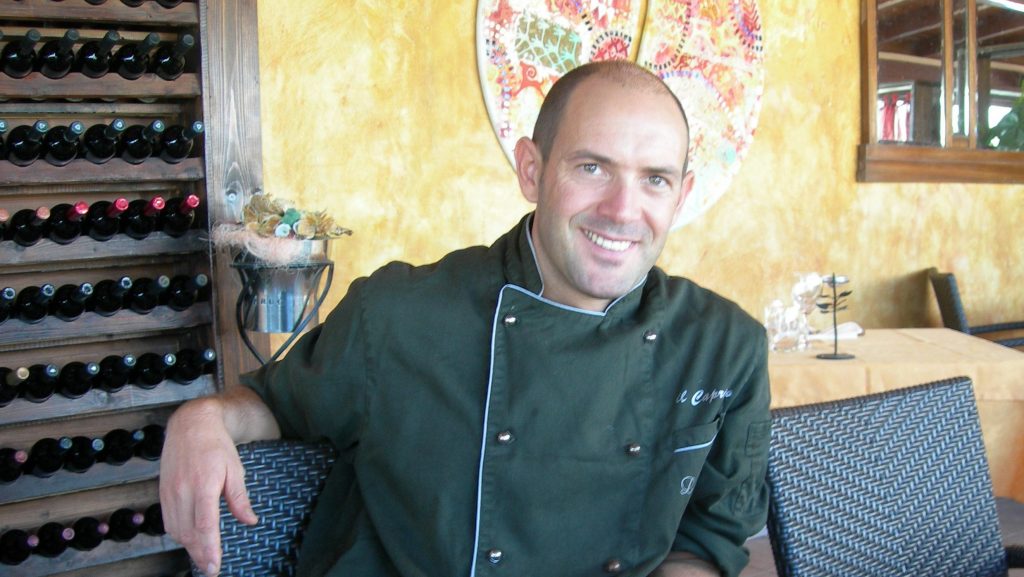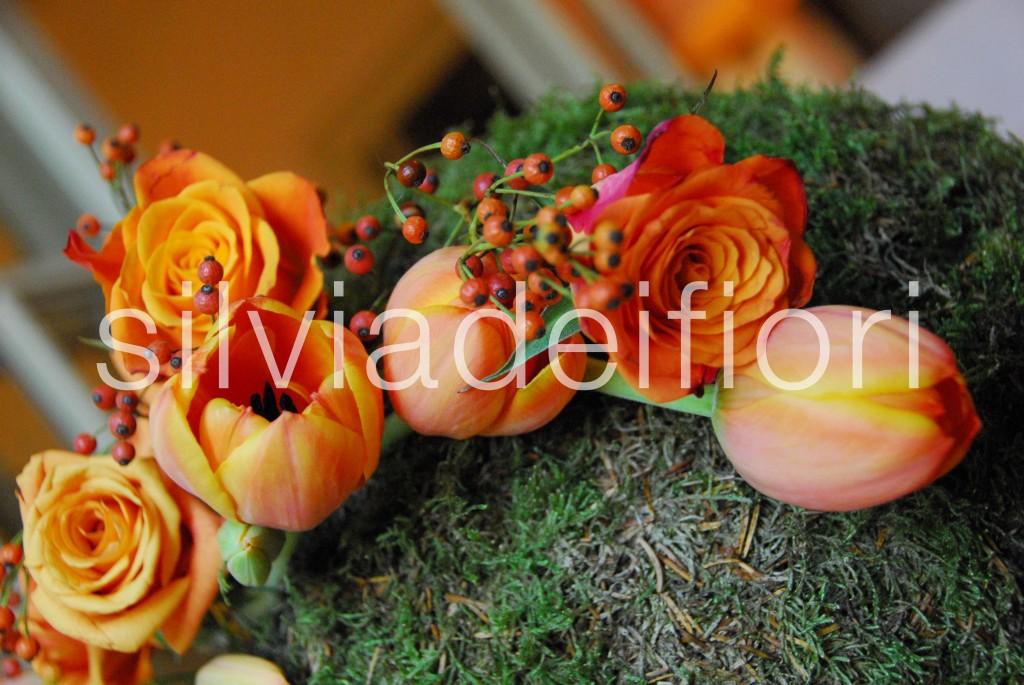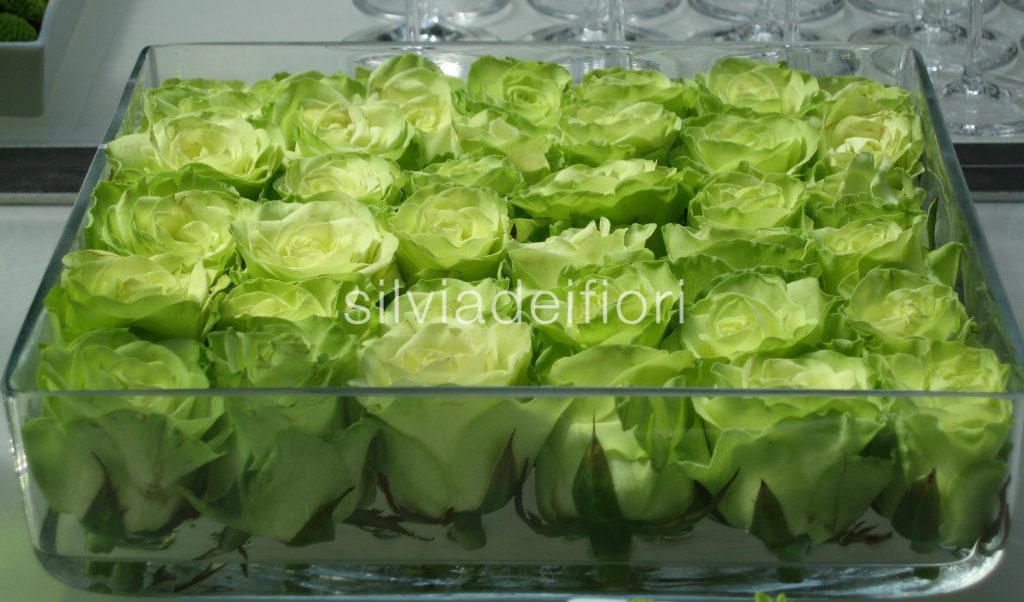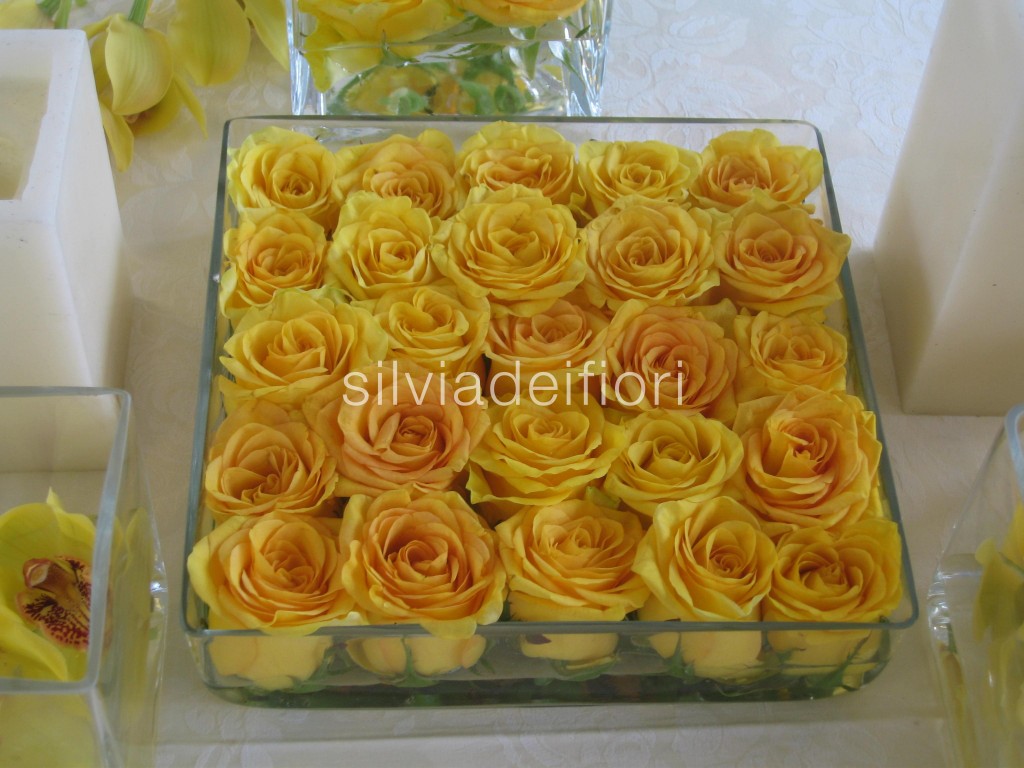Speaking of flowers and food, we couldn't help but interview one of the most interesting Michelin-starred chefs on the current culinary scene, Chef Leonardo Vescera, a chef from Vieste and member of the "Jeunes restaurateurs d'Europe" club, one of the most exclusive in the world, which includes the 400 best chefs in Europe, 54 in Italy, of which only two are from Puglia.
We talked with him about flowers, more specifically about their use in cooking and about this great professional's personal vision for a growing trend: floral culinary art. So, enjoy his interview and feast your eyes on his marvelous masterpieces!
Q. Is using flowers in cooking a long-standing habit or is it a recent trend?
A. The use of flowers in cooking is fairly recent, as a wide variety of edible flowers has only recently become available. In recent years, in fact, significant progress has been made in their cultivation and sourcing, a crucial turning point for us chefs.
It is clear that the easier availability, the greater quantity of types of edible flowers available and above all the certified provenance, has substantially transformed and accelerated the process linked to their use.
I personally use them a lot in my cooking, and wherever they come from—Italy, France, Holland, Israel—I know I can get them right away. Until a few years ago, due to their limited availability, edible flowers were used primarily to garnish dishes. Today, they are considered true food products, perfect for pairing with many dishes.
Q. What are the best-known edible flowers?
A. Seasonal edible flowers, definitely, both because they cost less and because they're most beautiful when in full bloom. They're therefore particularly suitable for garnishing dishes.
Just to give a few examples, in the period April – May – June I often use chive flowers, borage flowers and lavender flowers.
But there are also more unusual flowers, with different seasonalities, such as pansies, snapdragons, and orchids (mostly the petals). All of them are certified, thanks to the numerous specialized breeding centers that now ship them everywhere.
Q. Which edible flowers are best suited for culinary use?
A. There are edible flowers with more or less bitter notes. I look primarily for color in flowers, more specifically, the contrast or combination of colors. Therefore, when composing a dish, I focus first on color and then on flavor. A natural edible flower must be well-balanced to be appreciated alongside other ingredients, given its typically vegetal characteristics.
For this reason, I recommend chopping edible flowers into small pieces to use in recipes, avoiding using them whole except as a decorative accent. I also recommend paying close attention to the sequence in which you enjoy flower-based dishes. It's important for your palate to slowly acclimatize to their flavor in order to fully appreciate them.
Q. What are the most common processes for edible flowers?
A. There are different ways to prepare edible flowers. For example, they can be crystallized or dehydrated. In the first case, you take the petals of your favorite flower and dip them first in egg whites, then in granulated sugar. Finally, they're baked until they turn into crunchy petal chips. The alternative is to dehydrate them at 60°C (140°F), which also produces a crunchy texture that pairs beautifully with certain foods.
Pansy, for example, has a rather fleshy consistency but is highly appreciated when dehydrated, crystallized, or cut into very small pieces mixed with other ingredients.
It's essential, however, to carefully consider the floral reference to the dish. For example, if I were to serve a borage roll with tempura-style smoked scamorza cheese, accompanied by a beetroot sauce, I would pair it with the borage flower to create not only a play on color, but also to seek a direct reference to the dish through the flower.
Q. Do you think it's possible to create a menu entirely based on flowers?
A. Absolutely. However, nothing should be left to chance; it requires careful study to understand how to balance the flavors of the various ingredients, including the edible flowers, while trying to maintain an underlying equilibrium. The contrasting colors obviously make the dish particularly appealing to those who eat it.
Q. In your opinion, could we think of a wedding menu based on edible flowers?
A. Yes, of course, I've done it before. For the floral menu I prepared for this wedding, each course centered on a flower, which also inspired its name. I also used fresh flowers as decoration. The real challenge was judging the quantity of edible flowers, as well as knowing how to present them at the right time and in precise combinations with other foods, following a guided tasting menu. It was a success!
Q. Did you always know you wanted to be a chef?
A. From a very young age, I knew what I wanted to do when I grew up. I traveled extensively, both in Europe and around the world, where I absorbed different cultures and worked alongside great chefs. I finally returned to my hometown, Vieste, where I opened my restaurant, Il Capriccio di Vieste: www.ilcapricciodivieste.it.
Q. How has the concept of nutrition changed compared to the past?
A. It's completely different. Eating is no longer just a necessity, a primary need.
Today it is above all a cultural occasion, a moment of sharing, of artistic expression.
Today, we sit at the table to enjoy an experience. Thanks to the media, cooks no longer exist, but rather chefs who, in addition to possessing an excellent knowledge of nutritional principles and ingredients, put their creativity to the service of beauty, offering increasingly sophisticated dishes presented in spectacular ways, almost like works of art.
However, behind all this refinement lies the observation and respect of the highest natural principles, as well as an approach to healthy food, a return to simple and natural ingredients, such as herbs.
And it is precisely with this perspective of reconnecting with nature that edible flowers end up on the plate, like the last missing piece of a puzzle.
For this precious contribution we thank
Chef Leonardo Vescera, owner of the restaurant “Il capriccio di Vieste”



